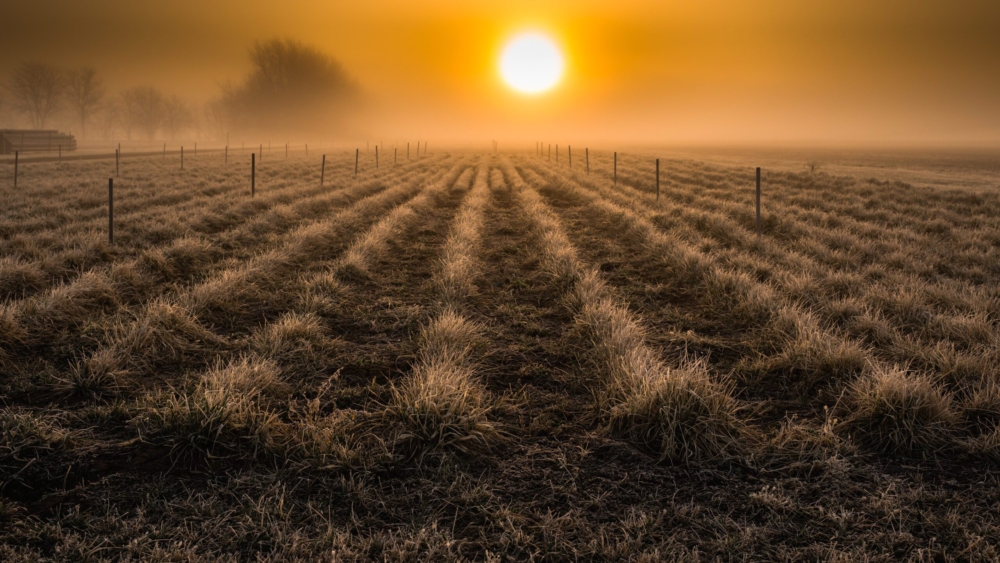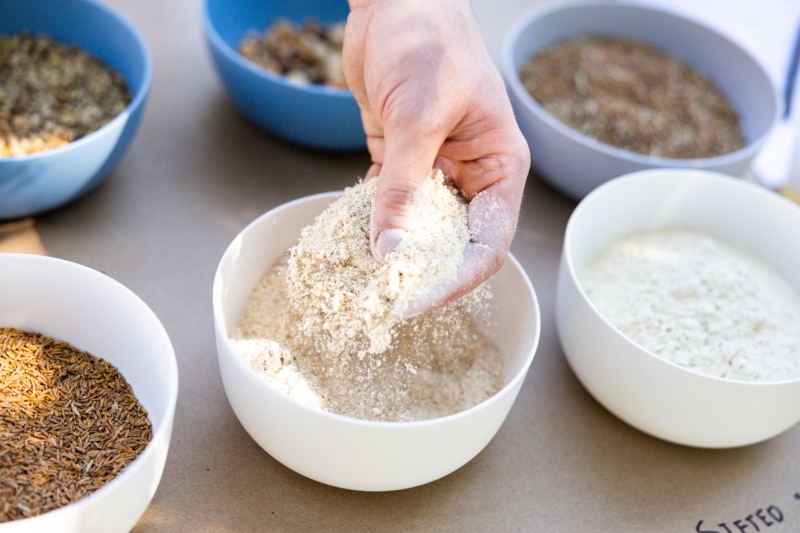Climate-resilient crops are becoming increasingly desired as global climate patterns continue to shift. This paper looks at the ability of perennial grains to adapt to warmer and drier growing conditions of the future through the analysis of several factors including gas exchange, leaf temperature, and soil water balance, all of which can serve as indicators for plant vulnerability to heat and water stress.
Perennial grain crops are promoted as an alternative to annual staple crops to reduce negative environmental effects of agriculture and support a variety of ecosystem services. While perennial grains have undergone extensive testing, their vulnerability to projected future warmer and drier growing conditions remains unclear. To fill this gap, we compared leaf temperature and gas exchange rates of annual wheat and different perennial wheat ideotypes using a multi-layer process-based eco-hydrological model. The model combines leaf-level gas exchange, optimality principles regulating stomatal conductance, energy balance, radiative and momentum transfer inside the canopy, as well as soil water balance. Wheat ideotypes are parameterized based on an extensive review of field data. When compared with annual wheat, perennial wheat ideotypes with high leaf area index had between 12% and 39% higher canopy transpiration and net CO2 assimilation, depending on their photosynthetic capacity and water status. Differences in leaf temperature and instantaneous water use efficiency between annual wheat and the perennial ideotypes were moderate (-0.5 to +0.4 ◦C and -6 to +2%, respectively). Low soil water availability did not alter the ranking of ideotypes in terms of canopy temperature and gas ex- changes. During a prolonged dry down, cumulated water use was higher and canopy temperature lower in perennial than annual ideotypes, thanks to the deeper roots, whereas cumulated net CO2 fixation depended on the specific traits and air temperature. Leaf-specific and whole plant characteristics interacted with hydro- meteorological conditions in defining the perennial’s vulnerability envelopes to potential heat and water stress. These findings underline the importance of plant characteristics, and particularly leaf area and rooting depth, in defining the suitability of perennial grain crops under future climates.
ACCESS ARTICLE PDF














